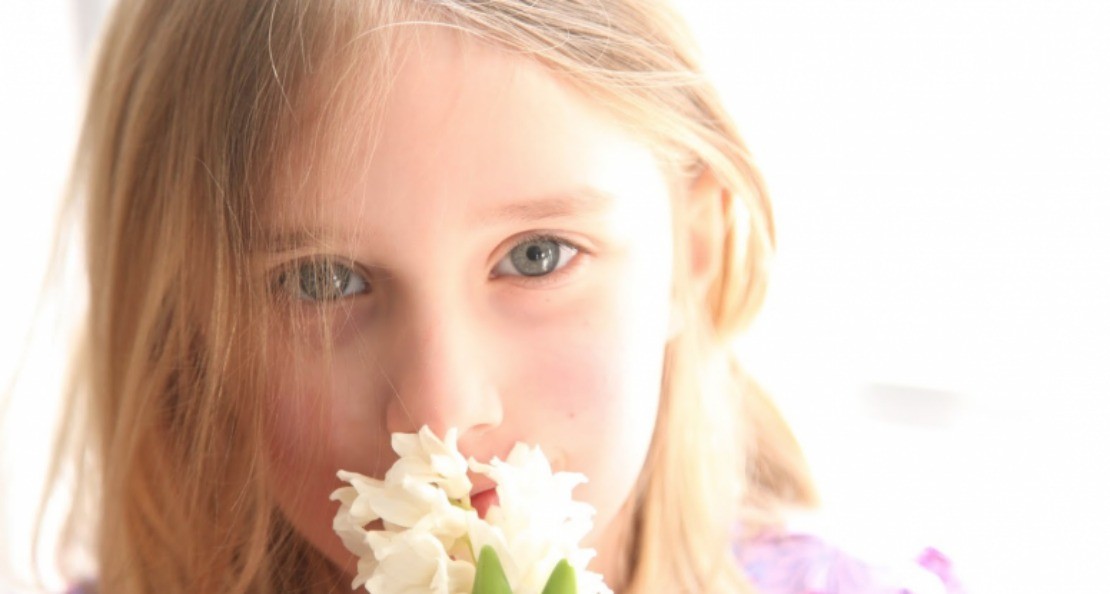
Safely Using Essential Oils for Children
With all the conflicting information out there about children and aromatherapy, it’s easy to feel confused. I hope the information in this post will help you to feel confident about using essential oils for children safely.
What’s the big deal about using essential oils for children, anyway?
Children are more sensitive in general to aromas and more receptive to the therapeutic use of essential oils. Young children’s immune systems have not fully developed and they are overall less able to deal with adverse effects when concentrated substances, such as essential oils, are used in the air around them (via diffusion).
Peppermint, eucalyptus, and certain chemotypes of rosemary contain high amounts of menthol or 1,8-cineole which can cause slowed respiration in some children. Because of this, it is recommended that peppermint not be diffused around or applied to the skin of children under age 6, and eucalyptus is to be avoided on or around children under age 10. You can read more about methol-containing essential oils and children here.
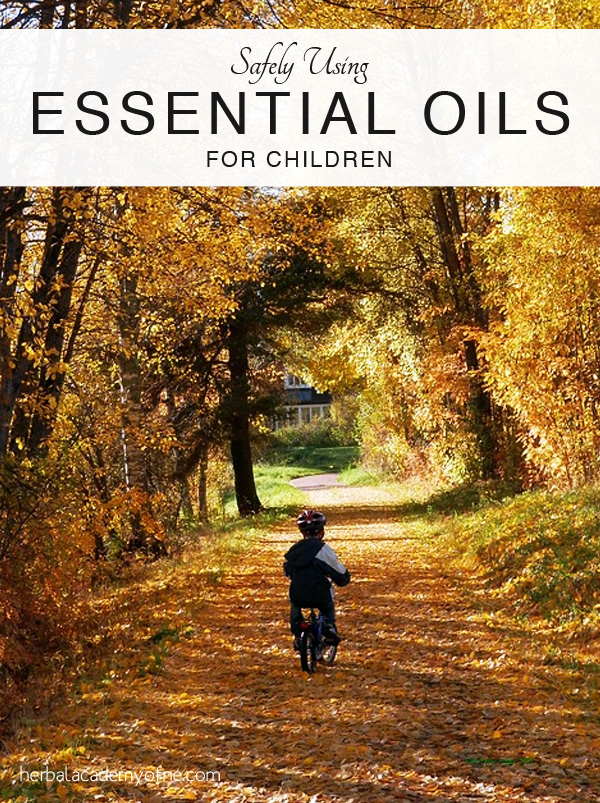
The skin of infants and children is much thinner and more sensitive than adult skin. Essential oils, being highly concentrated, should be used with great caution on the skin of children under age 2. Newborns, in particular, are less able to deal with any adverse effects due to the over-use of improperly diluted essential oils.
Is inhalation is the best way to use essential oils around young children?
Yes! Absolutely! Although caution needs to be used when using essential oils around young children, they still have their place. For kids under age 6, inhalation is usually going to be the best way to use essential oils.
Inhalation is ideal for respiratory congestion. Adding a drop or two of Pine, Cypress, Spruce, or Fir on a cotton ball and having your child inhale from it can help clear congestion. Alternately, you could add 10 drops to an aromatherapy inhaler. Have your child hold the inhaler just under their nose and inhale deeply.
To help prevent restlessness, diffuse Lavender in your child’s bedroom 15 minutes before they go to sleep. Or, spray their sheets with Lavender added to a linen spray to help encourage a restful sleep.
Sweet Orange or Mandarin can be added to an aromatherapy inhaler or diffused into the air when your child needs to find some calm. Other calming essential oils are Bergamot, Neroli, and Geranium.
How much do I have to dilute essential oils before applying them to my child’s skin?
Essential oils are far more concentrated than herbal extracts and tinctures and should always be diluted before applying to the skin. They can be 100X or more potent than their herbal counterparts. Adults should dilute to 1-2% before using on their own skin. Because a child’s skin is more permeable, a dilution of .25% is recommended for children up to age 6 (dilutions for other ages can be found here). A .25% dilution would mean adding just 1 drop of essential oil (or a combination of pre-mixed essential oils) to 4 teaspoons of carrier oil. Coconut, jojoba, and almond oils are popular choices, although there are more carrier oils options here.
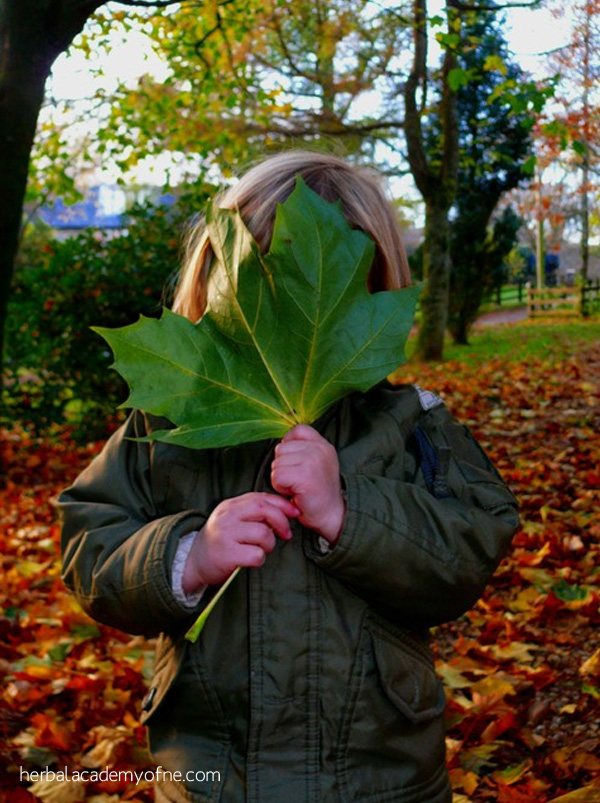
Diluting essential oils before applying to the skin has many benefits. It provides a good medium for the essential oils to be absorbed; spreads the essential oil over a larger surface of the skin; and provides a measure of safety against irritation, sensitivity, phototoxicity, and sensitization. Read about sensitization here.
Good reasons to use essential oils topically:
- itching, including from bug bites
- rashes
- minor cuts and scrapes
- bruises
- and other skin-related issues
Apply to the part of the skin with the issue, not to the bottoms of the feet. Although trendy, this is not very effective as the skin on the bottoms of feet is thicker and not likely to be absorbed well.
What are some essential oils that I CAN USE on and around my children?
Here are some of the essential oils that are safe to use topically as well as diffused around or otherwise inhaled by children 2 years or older according to Essential Oil Safety (if younger, you may diffuse around children under two – topically hydrosols and/or herbs are a better idea):
- Blue Tansy
- Cedarwood
- Copaiba
- Cypress
- German Chamomile
- Geranium
- Helichrysum
- Lavender
- Mandarin
- Neroli
- Sandalwood
- Tea Tree
For some of the world’s finest 100% pure essential oils, we recommend purchasing oils from this catalog. For a full list of safe essential oils for children, go this page.
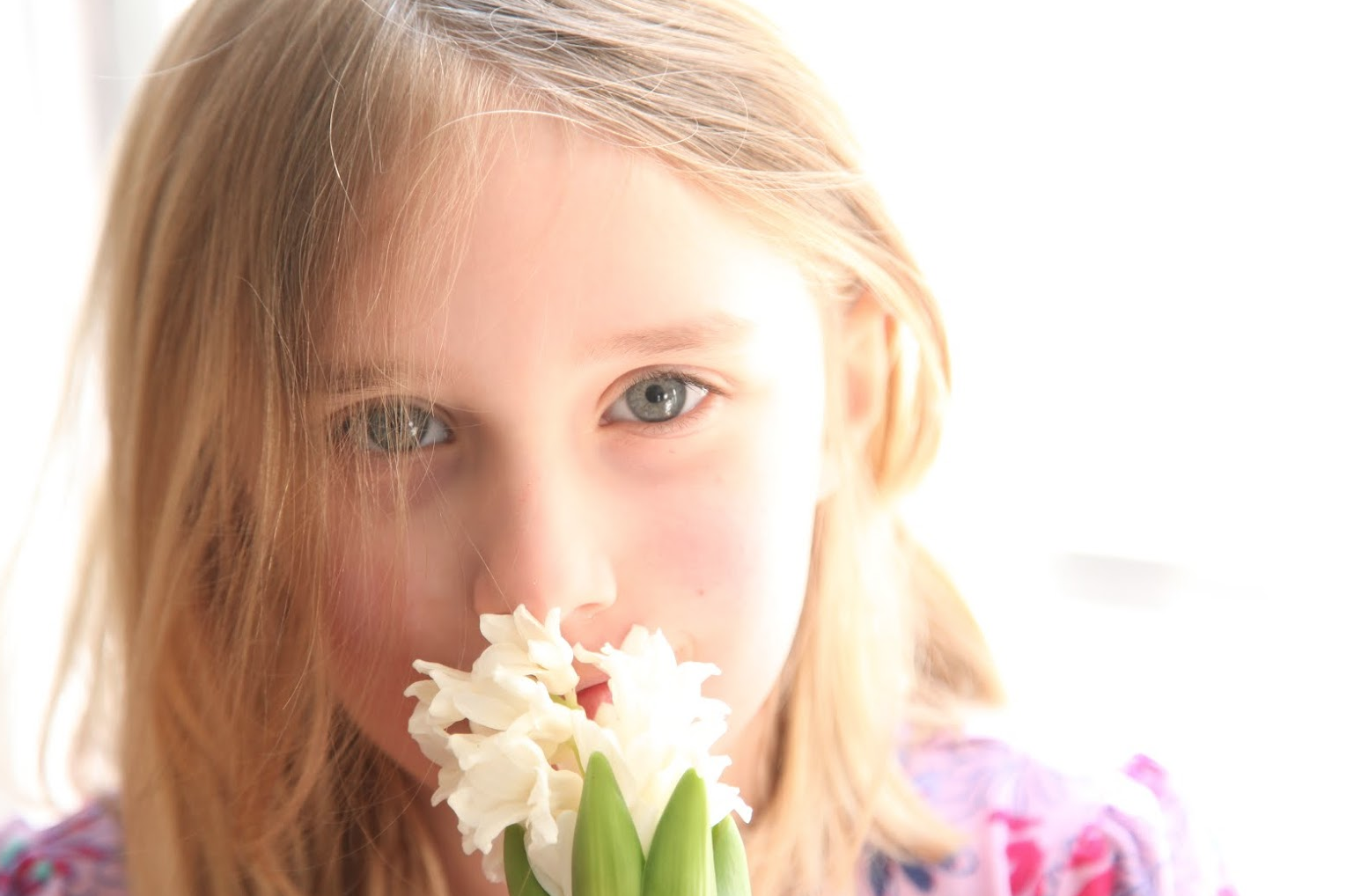
What are some essential oils I should AVOID using on and around my children?
Here are some of the essential oils that are NOT SAFE to use around children according to Essential Oil Safety:
- Anise/Aniseed Pimpinella anisum – avoid using (topically or diffused) on children under 5
- Cassia Cinnamomum cassia, Cinnamomum aromaticum – avoid topical use on children under 2
- Clove Bud, Clove Leaf, Clove Stem Syzygium aromaticum, Eugenia caryophyllata, Eugenia aromatica – avoid topical use on children under 2
- Eucalyptus Eucalyptus camaldulensis, Eucalyptus globulus, Eucalyptus maidenii, Eucalyptus plenissima, Eucalyptus kochii, Eucalyptus polybractea, Eucalyptus radiata, Eucalyptus Autraliana, Eucalyptus phellandra, Eucalyptus smithii – avoid using (topically or diffused) on children under 10
- Fennel (bitter), Fennel (sweet) Foeniculum vulgare – avoid using (topically or diffused) on children under 5
- Lemongrass Cymbopogon flexuosus, Andropogon flexuosus, Cymbopogon citratus, Andropogon citratus – avoid topical use on children under 2
- Niaouli (cineole chemotype) Melaleuca quinquinervia – avoid using (topically or diffused) on children under 6
- Peppermint Mentha x Piperita – avoid using (topically or diffused) on children under 6
- Rosemary (1,8-cineole chemotype) Rosmarinus officinalis – avoid using (topically or diffused) on children under 6
- Verbena (Lemon) Aloysia triphylla, Aloysia citriodora, Lippa citriodora, Lippa triphylla – avoid topical use on children under 2
- Wintergreen Gaultheria fragrantissima, Gaultheria procumbens – avoid due to methyl salicylate content
- Ylang-Ylang Cananga odorata – avoid topical useon children under 2
For the full list of essential oils to avoid around children, go here.
Are there essential oils that can cause adverse reactions when exposed to the sun?
Yes, there are some essential oils that, when applied to the skin and exposed to the sun, can cause a phototoxic reaction. Reactions can be severe, and sometimes irreversible. Some signs are severe sunburn, blistering, edema (swelling), or changes in color to your skin. These reactions can happen up to 48 hours after sun exposure.
Phototoxic essential oils that are child-safe, along with the # of drops allowed per ounce of carrier oil before it will cause a phototoxic reaction:
- Bergamot – 1
- Lime (cold-pressed) – 4
- Orange, Bitter – 8
- Lemon (cold-pressed) – 12
- Grapefruit – 24
Sweet Orange, Tangerine, and Mandarin are not phototoxic. Neither are steam-distilled Lemon or Lime, or furanocoumarin-free Bergamot. For more information, read more here.
NOTE: essential oils applied to areas not exposed to the sun should not present a risk. That said, some summer clothing is very thin and might cause a reaction under intense sunlight.
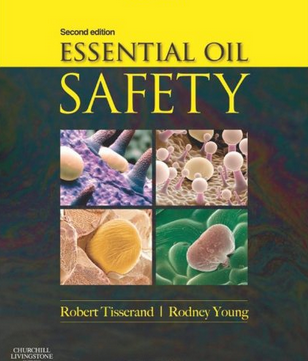 Have Essential Oil Questions?
Have Essential Oil Questions?
Aromatherapy is one of the wonderful tools we have at our disposal to use to help our children. I hope this article has helped un-muddy the waters for you so you can use essential oils for children safely. If you have any questions related to essential oil safety, please feel free to comment on this post or join the Using Essential Oils Safely Facebook group.
If you are interested in reading more about essential oils, check out the book, Essential Oil Safety, by Robert Tisserand and Rodney Young.







